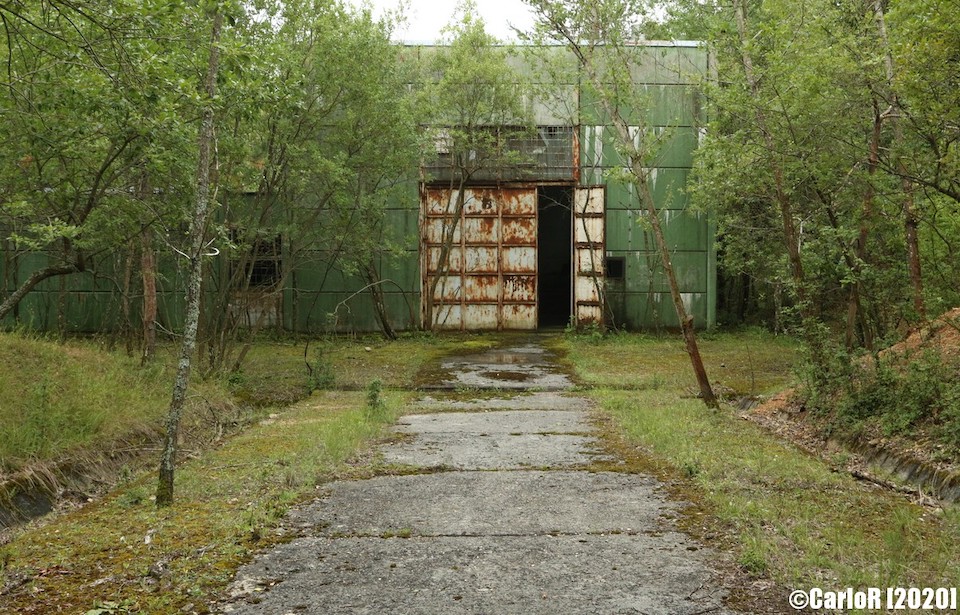There are numerous nuclear storage sites located across Eastern Europe, many of which were constructed during the Cold War. One was constructed in the Hungarian village of Úrkút, in Veszprém. While it has since been abandoned, it’s been kept in good condition, preserving an interesting part of nuclear history.
Soviet-style quarters
The Úrkút nuclear storage site has become known as “little Moscow” due to its Soviet-style quarters for those who previously worked on the base. It served a dual purpose – along with storing nuclear warheads, it was also a training center for military personnel.
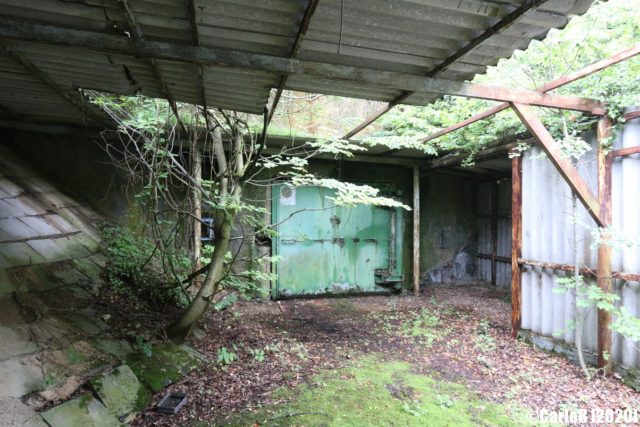
The storage site is located atop the slope of a hill within a wide valley. There were two access roads, only one of which remains today, that ran along the largely uninhabited valley, connecting Úrkút with Nagyvázsony. Each led the way to separate entrances, located on the north and south sides of the complex.
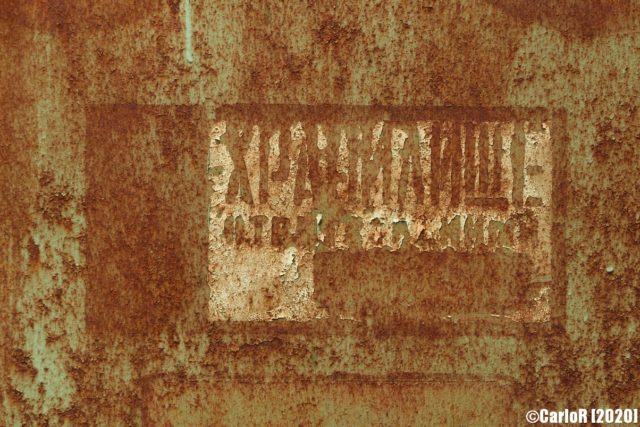
Warheads reached the hillside bunker by transport truck. Its gates remained closed whenever a shipment wasn’t expected, and security overall was incredibly tight. There were always personnel on site, usually troops and technicians, who resided in the northern bunker. It had enough provisions to ensure they were adequately supplied with food and other items.
Construction of a fortified nuclear site
In order to ensure the complex was secure, four external fences were constructed. The outermost one was made with concrete posts and barbed wire, while the second was constructed with prefabricated concrete slabs and more barbed wire. If someone was able to penetrate those, they were met with two more lines of barbed wire, interspersed with trenches and foxholes.
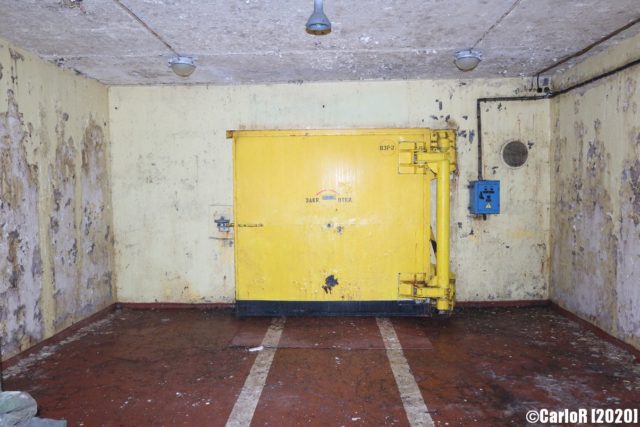
The use of multiple fences within a military base was typical of the Soviet design. They were often used to signify differing security levels and to divide areas with different functions. You can find out more about Soviet military structures in Carlo R.’s book, Soviet Ghosts in Germany.
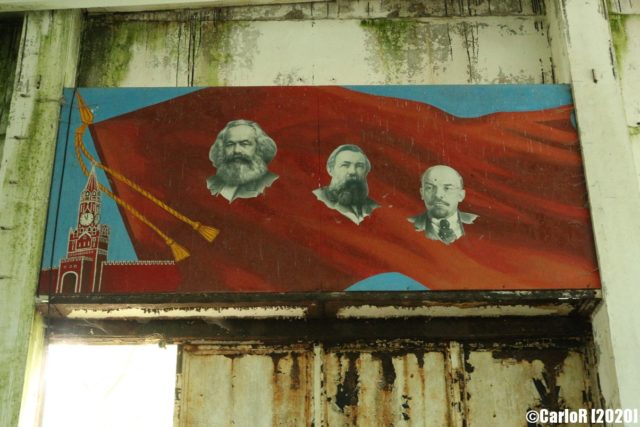
Those entering from the north were met with bunkers and training grounds. The training hangar was the most prominent building within the complex and contained numerous classrooms. On the main gate hung a mural featuring the heads of Vladimir Lenin, Karl Marx, and Friedrich Engels, with Moscow’s Kremlin in the background. According to reports, it remains in the hangar to this day.
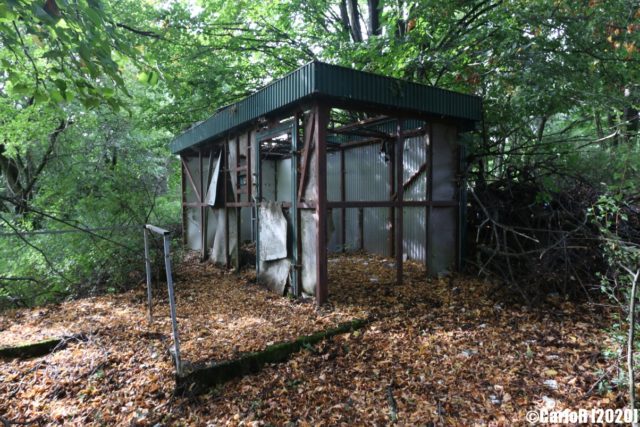
Not far from the training hangar were a smaller technical building and the southern bunker. Those needing access to the bunker did so via an airlock, with two large blast-proof doors on either side. On the flip side, the northern bunker could only be accessed after climbing uphill and crossing through even more fenced-in areas.
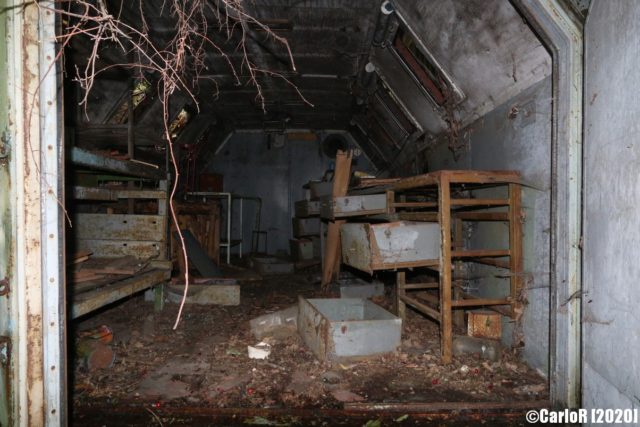
Covered loading and unloading platforms were built at both entrances and are still in relatively good condition. Alongside one of them is a standard Soviet military transportable trailer, which many speculate was used as a local operations control center.
Abandoned and heavily guarded
Despite having been abandoned for many years, the nuclear storage site in Úrkút remains heavily guarded by security personnel and watchdogs. Cars are not permitted to drive along its access roads, and those wishing to walk the exterior will find vibration sensors connected to security booths.
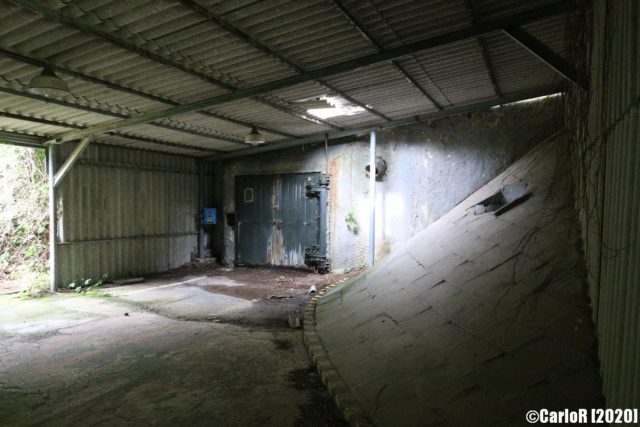
The exterior of the site is in various stages of decay. The soft construction protecting access to the stairs shows damage, while walls show differing levels of degradation. The primary outer concrete wall is largely gone, with much of the barbed wire hidden by low-lying vegetation. The remaining walls are maintained and are in relatively good shape.
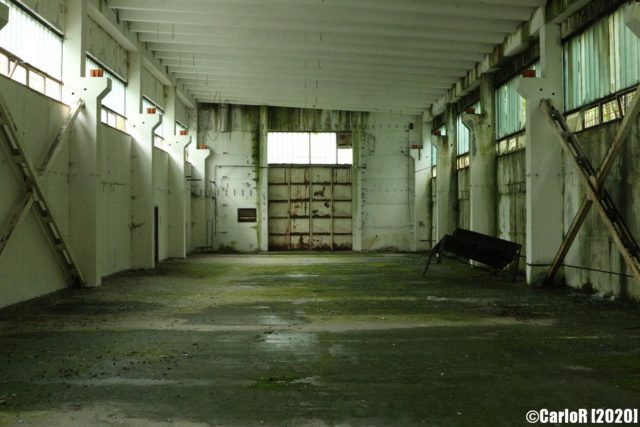
More from us: The Abandoned German Base That Fell Under Soviet Control
The site overall is largely conserved, with the majority of the bunkers and buildings locked in some capacity. Most allow preliminary access via the airlocks, but those looking to venture further into their depths are met with locked doors. Many of the walls are covered in Russian writing.
